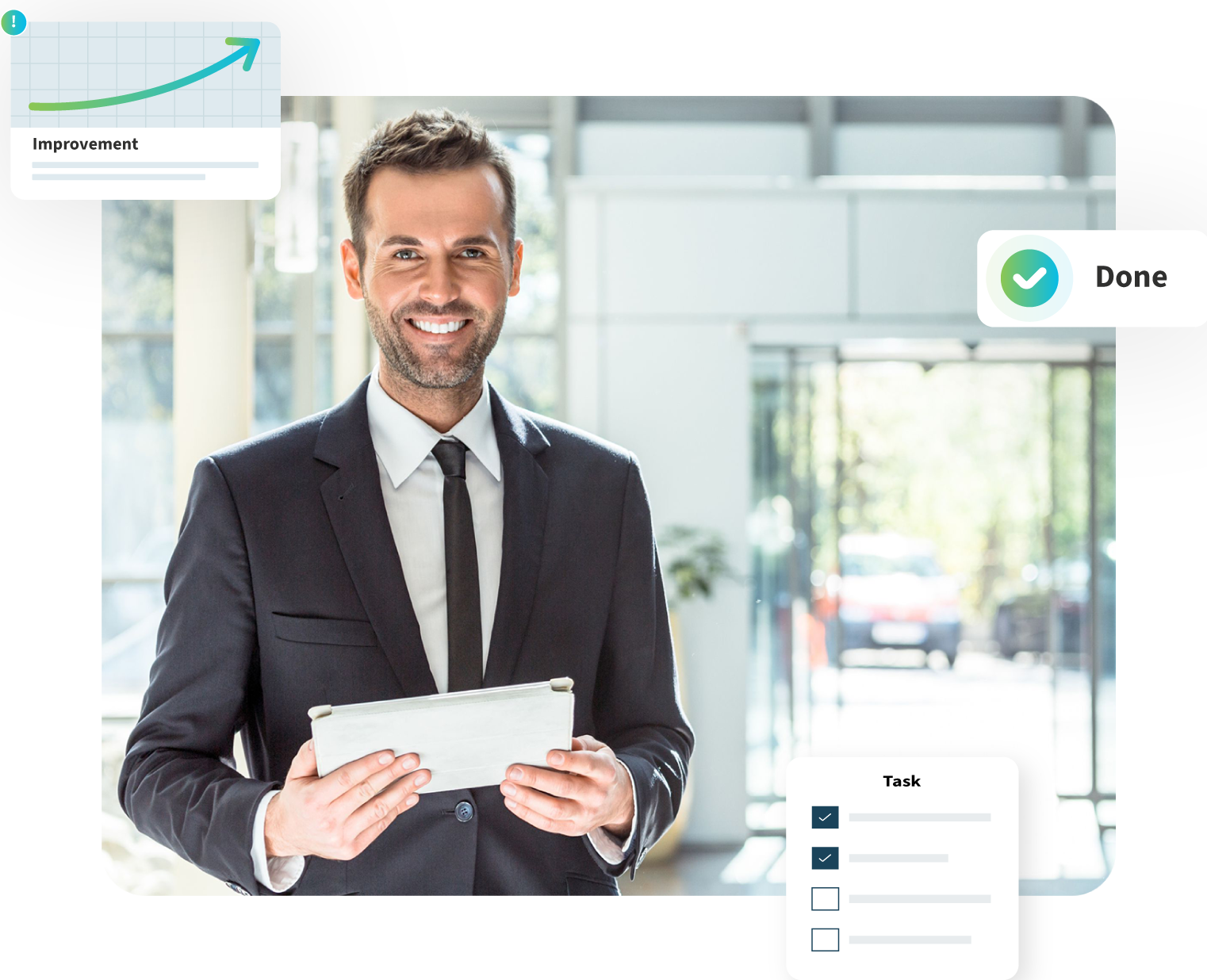As the hospitality industry continues to evolve, hotel owners, asset managers, and operators are constantly seeking new ways to increase revenue and reduce seasonality. One strategy that has gained traction in recent years is the concept of "Always On" – creating flexible spaces that can be used for different purposes at different times to maximize asset utilization and revenue.
Implementing "Always On"
The idea behind Always On is to make use of every inch of available space within a hotel, while also catering to the different needs of guests. For example, a hotel lobby can be transformed into a co-working space during the day, a bar in the evening, and a private event space on weekends. By creating multiple revenue streams from a single space, hotels can increase their bottom line and reduce the impact of seasonal fluctuations.
To successfully implement an Always On strategy, hotel owners, asset managers, and operators must first identify the different demand segments they want to cater to. This could include business travelers, leisure travelers, locals, and event planners. Once these segments have been identified, hotels can start to develop flexible spaces that cater to their needs.
The key to creating flexible spaces is to design them with multiple functions in mind. For example, a conference room can be equipped with movable walls and furniture, allowing it to be divided into smaller breakout rooms or transformed into a banquet hall. Similarly, a restaurant can be designed with a movable bar, allowing it to be transformed into a private dining room or event space.
Managing "Always On"






